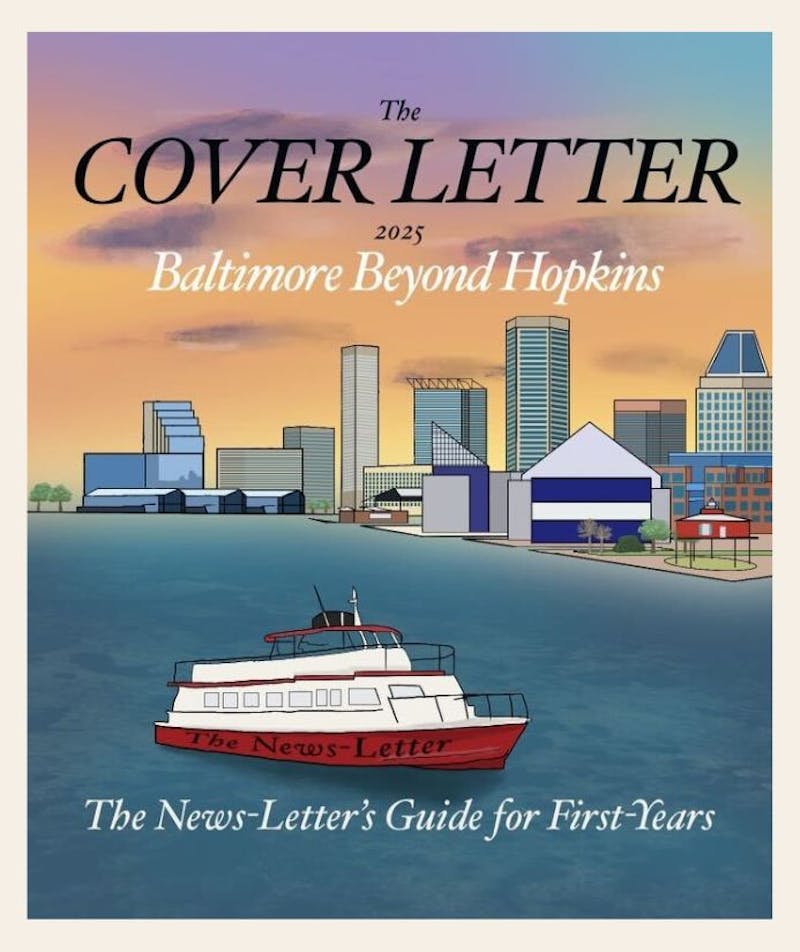Japan’s animation expert, Hayao Miyazaki, has been a bit indecisive lately about his career plans, which centered on his latest film release, The Wind Rises. The 73-year-old Studio Ghibli co-founder has put out a stunning 11 feature films, and this one will be his last before he retires.
This is also not the first time that Miyazaki has warned of his retirement — many times before he has made a statement that a certain film would be his last, always to come back to his love of filmmaking with a great idea for a new feature. The most successful Miyazaki films include Howl’s Moving Castle (2004), Ponyo (2008) and the Academy Award-winning Spirited Away (2001).
The Wind Rises handles a sensitive and widely criticized subject, the dramatized biography of Jiro Horikoshi, a Japanese designer of the Mitsubishi A5M, used by Japan during World War II. To Americans, this seems like dark matter for an animated film, as we often associate animation with movies made for children, but Miyazaki refuses to conform to this stereotype. His films often include adult themes, and this one may be one of the darkest of them all.
It is probable that some American audiences might be uncomfortable watching a film about a man who designed aircraft for a world power that America fought during World War II. However, Miyazaki makes this character, Jiro, a likeable, intelligent man with a boyish face. He looks so young for his age that he could be a child playing with airplane models. Instead, he is designing aircraft that enacted immeasurable destruction in the 1940s. It is very interesting how viewers witness him getting in fights as a young kid for defending a target of bullies, and we see him saving an injured woman after a massive earthquake.
Being so far removed from the events of World War II, the younger generation will likely find the film more accessible. Miyazaki wants his audience to believe in Jiro and to want him to succeed, but he knows that will not be as easy for American adults. Jiro’s main inspiration for designing aircraft is Giovanni Caproni, an Italian aircraft designer, who reminds him that people will use his creations for evil and violence. He is right; the Mitsubishi A6M Zero was one of the main aircrafts used in the attack on Pearl Harbor.
The relationship between creator and creation is, without a doubt, a mode of expression for Miyazaki’s views on the artist. There is a line in the film that resonates so powerfully:
“An artist is only creative for ten years; we engineers aren’t any different — live your ten years to the full,” Caproni says to Jiro in a dream.
Miyazaki has been making feature films for 25 years now, and he wrote this line while believing that this would be his last film.
The most impressive part about The Wind Rises is Miyazaki’s creative process. His hand draws nearly every frame of his pictures then passes the task of filling in the holes to his animation team, often redrawing the frames himself if he feels they have not properly captured his sentiment.
Miyazaki has explained in interviews that 2-D animation is being outrun by the major studios who can create beautiful 3-D animated films in half the time it takes him to make one of his own. But what Miyazaki does in terms of scenery and color is unbelievable, unmatched by even the Disney juggernaut Frozen or the less impressive The Croods and Despicable Me 2. The way his background adds to the emotional gravity of his story, and the way wind blows grass or paper airplanes is remarkably moving.
The Wind Rises is also a love story, which comes later on when Jiro is taking a break at a summer resort after a disappointing design fails in a flight test. The film straddles the love story and the story of a creative artist achieving his dreams. The title of the film comes from the French poem by Paul Valéry, “Le Cimetière Marin,” or “The Marine Cemetery.”
“Le vent se lève!... Il faut tenter de vivre!” is a line from the poem that is shown before the film and translates to “The wind rises, we must try to live.”
Miyazaki’s touching story lost out to the family friendly but well-deserving Frozen for Best Animated Feature at the 2014 Academy Awards, but in January 2014, Miyazaki retracted his statement that The Wind Rises would be his last film.




